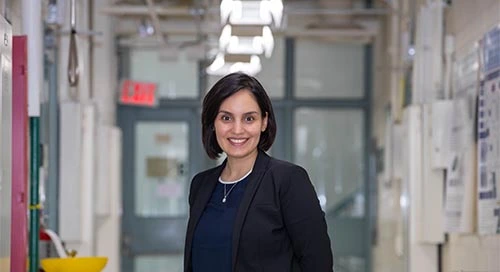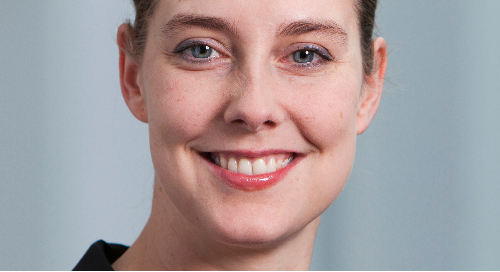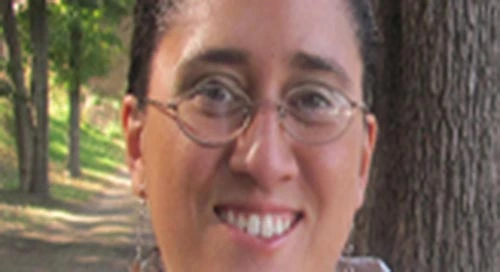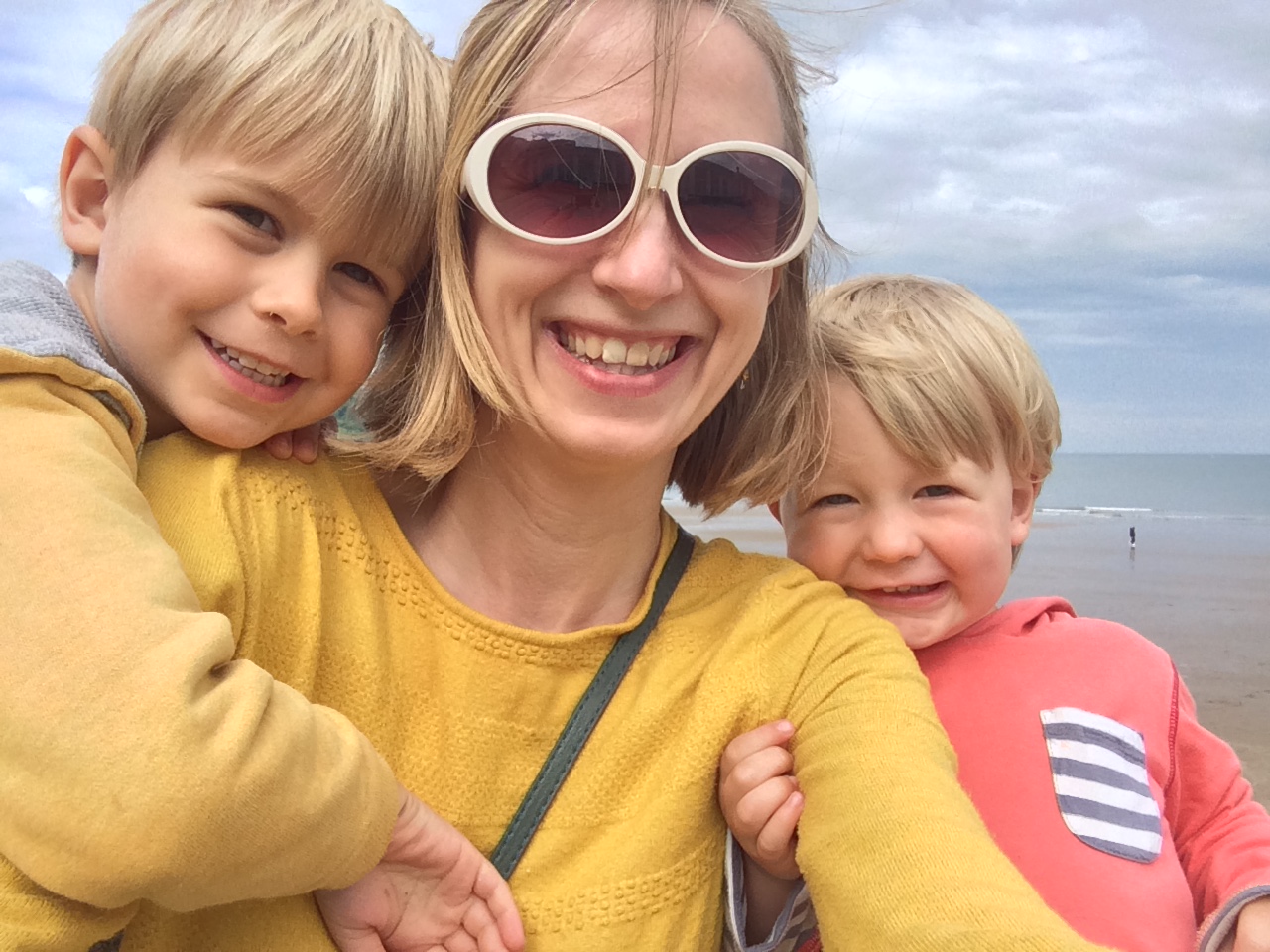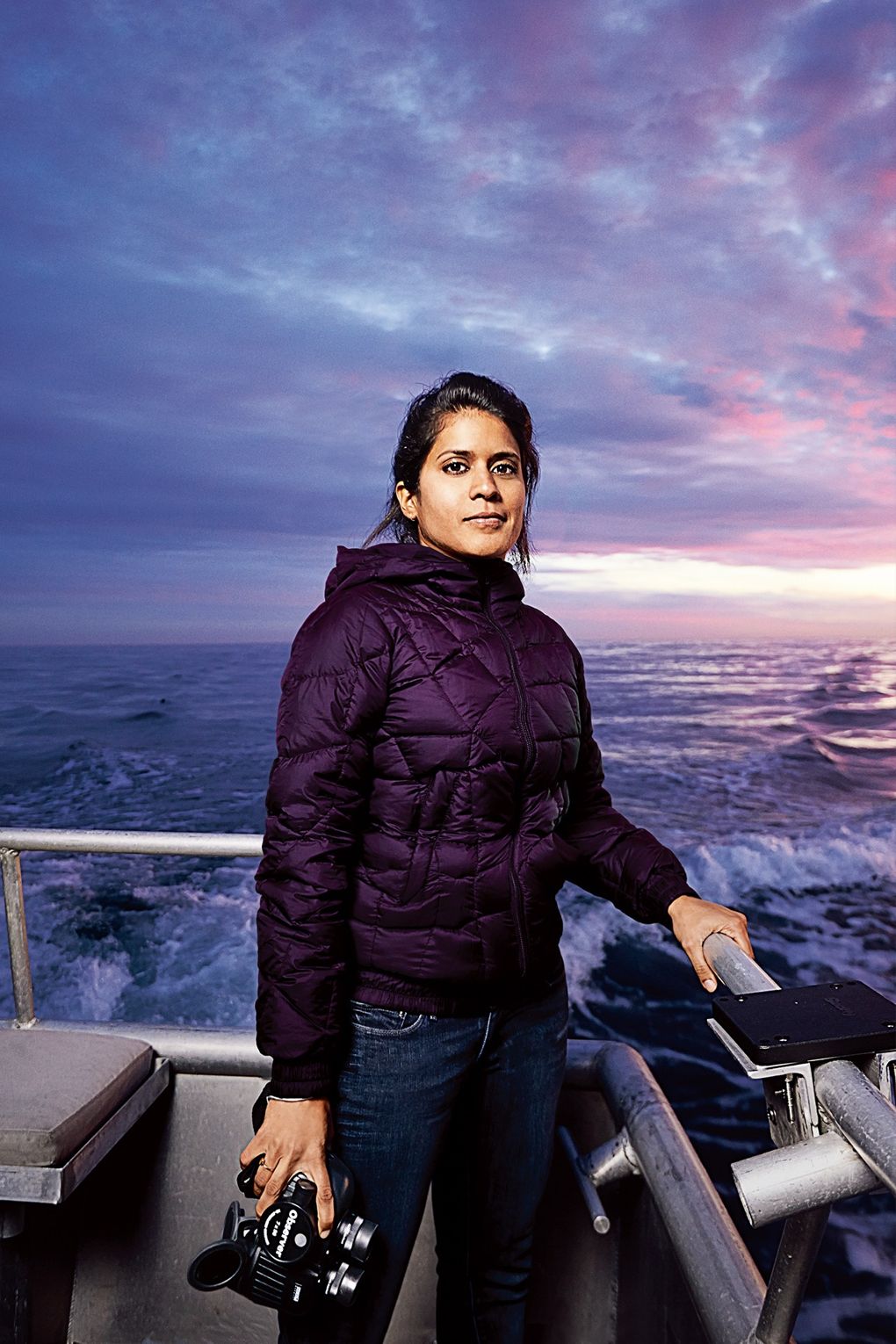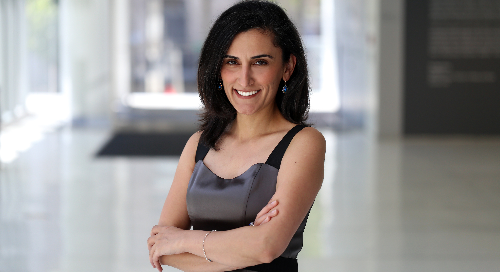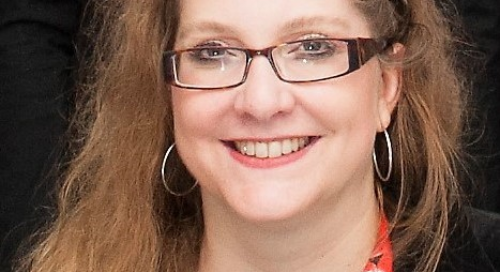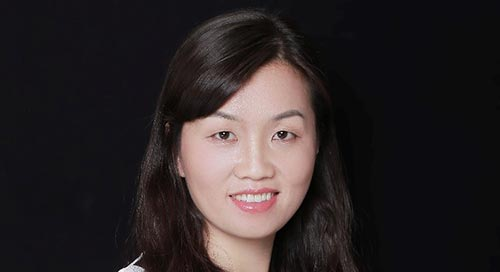women-in-engineering-an-interview-with-marie-oshima
April 22, 2020
It’s no secret: Engineering is not just a man’s world. Perceptions – along with demographics - are shifting, and Wiley are proudly part of the movement to raise the profile of women in engineering, to inspire future generations.
Here, we celebrate engineering researchers in a collection of interviews with authors, editors, editorial board members, and society contacts. In this piece, we meet Prof. Marie Oshima, Editorial board International Journal of Numerical Methods in Biomedical Engineering.
Marie finished her Ph.D. program in the Department of Nuclear Engineering at the University of Tokyo in March 1992. She became Professor in 2005 at the University of Tokyo, and became Joint Professor at the Interfaculty Initiative in Information Studies and Institute of Industrial Science, the University of Tokyo. She has been engaged in computational hemodynamics, particularly medical-image based modeling and cerebrovascular flow simulation for medical applications. Her research includes the development of multi-scale and multi-physics models for hemodynamic simulations and blood flow-arterial wall interactions. She has also been working on flow visualization and measurements using PIV (Particle Image Velocimetry) technique for blood flow related problems and micro PIV measurement of flow in a micro-scale.
How or why did you choose Engineering as a career path/area of study?
The reason why I chose Engineering is that I like making new things and I wanted to change the world. I have been working on... bioengineering research since I am interested in making some instruments or systems for health and medicine. It is exciting to work with people from different backgrounds and create something new, hoping that we may contribute to society.
What inspires you about Engineering?
I was inspired by the Apollo project. I was small at that time. But I still remember the moment when Neil Armstrong landed on the moon. And then I was fascinated by the fact that science and technology could have a tremendous impact on our lives. I particularly am interested in engineering because I like to make theories work or develop a new technology so that we can use them in our daily life. In addition, doing the research is challenging but rewarding in a sense that we can contribut[e] to society to better the world.
What challenges do women face in the Engineering professions/academia?
In Japan, there are not many female engineers and there are almost no female researchers in Engineering. Work-life balance is still a serious problem in Japan. It has been improving but still, it is challenging to continue career once you have children. Taking care of aging parents is becoming a serious issue since Japan is becoming an aging society rapidly. Therefore, work-life balance needs to be solved not only by women but also by men.
What is the ratio of female to male in your workplace/faculty?
8 out of 169, which is about 5% in our faculty.
What would you say to girls in school/college who may be considering Engineering as a career choice/study option?
I think it is a great opportunity for girls to go into the field of Engineering since they
can have various career choices in the future. Unfortunately, girls in Japan don’t see
that way. I would say as follows: You can make a difference by learning Engineering!!
Do you think the perception of Engineering as a male-dominated career can be changed, and if so, how?
In Japan, it is slow but it is changing. [The] Mind-set of male teachers, researchers, and
engineers needs to be changed. Some of them sill have the prejudice that women are
not good at science and mathematics.
| You can check out the full collection of interviews at | |
| Women in Engineering | |
| Help us to inspire by sharing our Women in Engineering stories on Facebook and Twitter! | |

